
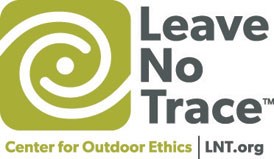
The Corridor Trails provide a diversity of recreational opportunities for hikers, backpackers, mule riders, and runners. With so many of us participating in a wide range of activities, it really helps when we are considerate of each other. Being considerate of others is central to Leave No Trace. The following guidelines build on Leave No Trace principles, help protect Grand Canyon's plants, animals and history, and enhance everyone's experience:
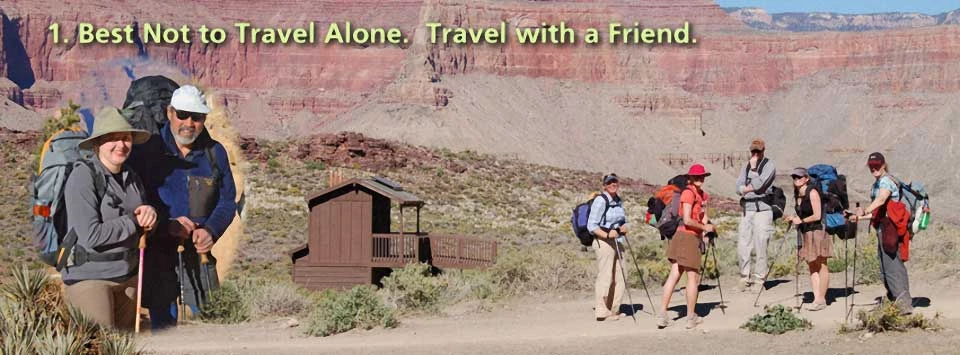
Why? Traveling with at least one other person helps ensure your safety in the event of accident or injury.
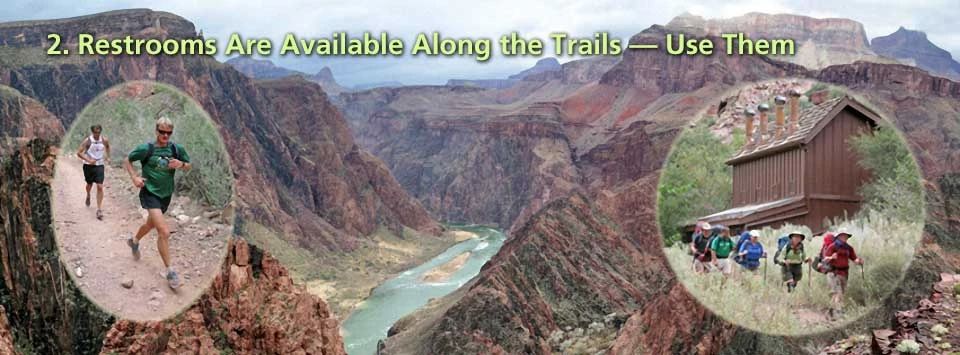
Why? Proper disposal of human waste prevents water pollution, avoids the negative implications of someone else finding it, and minimizes the possibility of spreading disease.
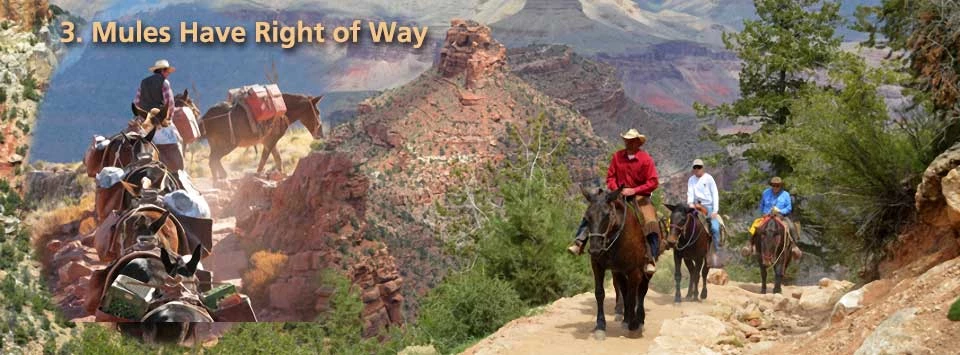
Why? Yielding to mules helps keep all trail users safe. When frightened, mules may act unpredictably.
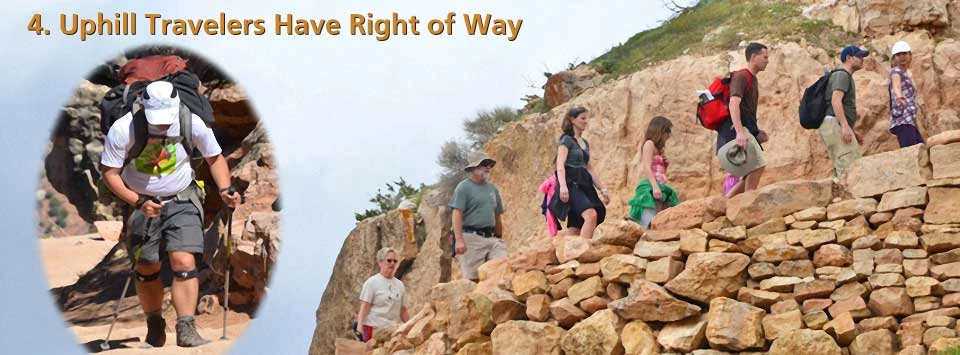
Why? Uphill travelers are often fatigued and working hard to maintain their balance and pace.
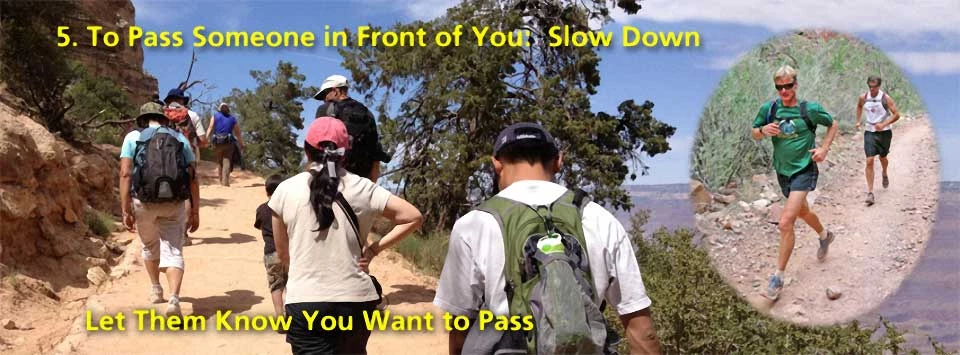
Why? Slowing down and asking to pass maintains a friendly atmosphere and ensures safe passage.
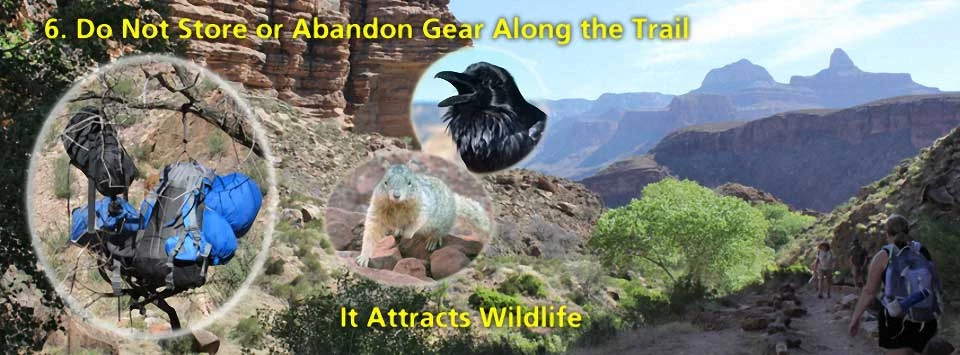
Why? Storing gear along the trail attracts wildlife seeking a handout, can look like litter, and degrades the natural environment.
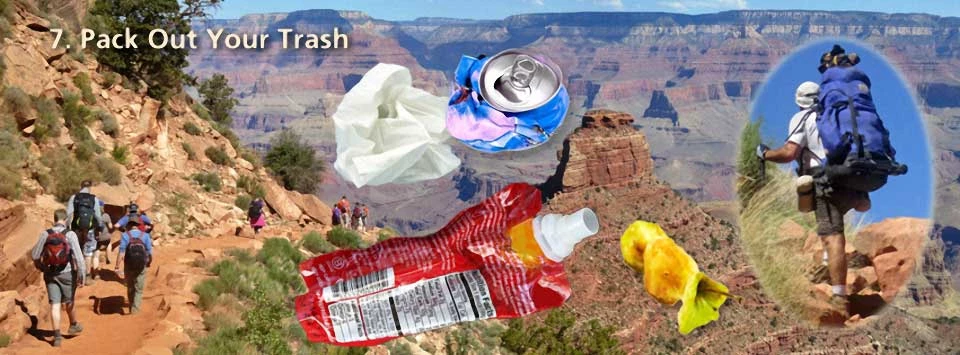
Why? Litter left in the canyon takes years to decompose. Packing out all of your trash helps to preserve the natural environment.
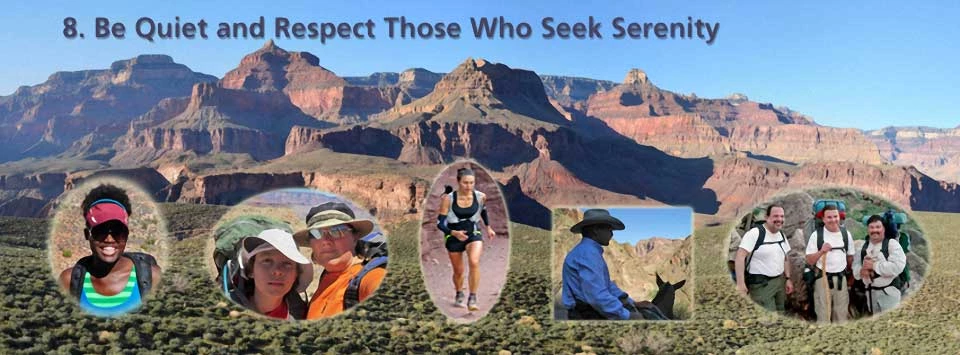
Why? Being quiet and respecting those who seek serenity helps everyone enjoy the park.
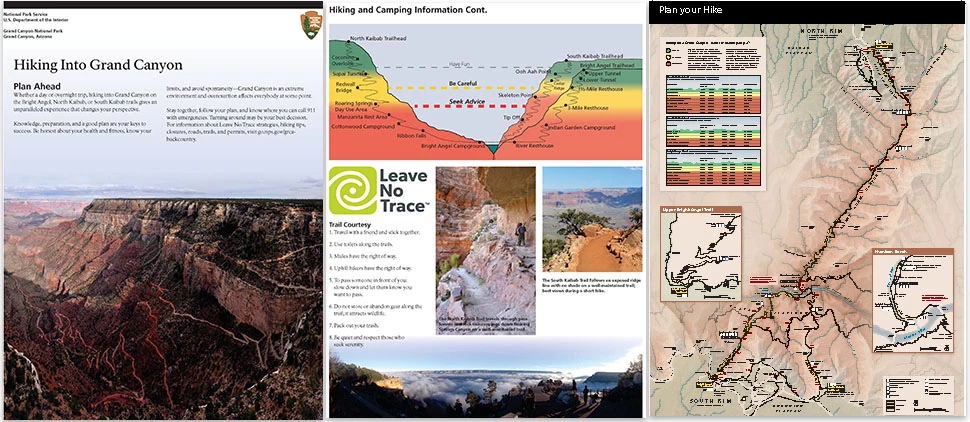
Introduction to Backcountry Hiking Brochure and MapThis foldable brochure is for day and overnight inner canyon hikers. It gives information about hiking the Bright Angel, South Kaibab, and North Kaibab trails, as well as permit, planning, Leave No Trace, and Hike Smart information. It is distributed at park visitor centers and backcountry information centers. Additional backcountry info can be found on the following webpages. |
Last updated: September 3, 2024
